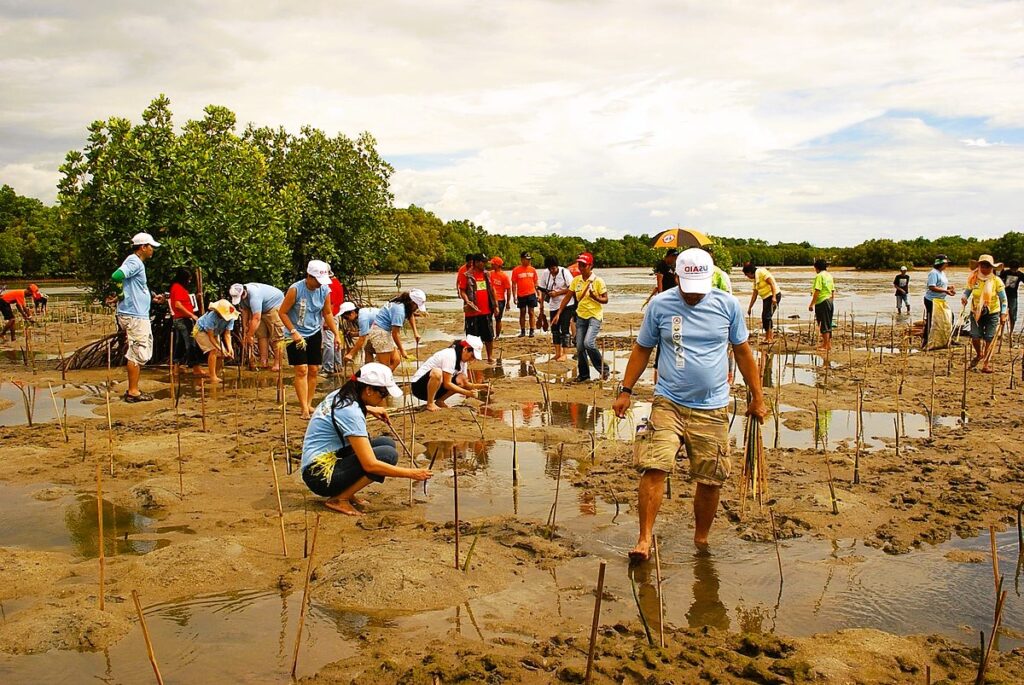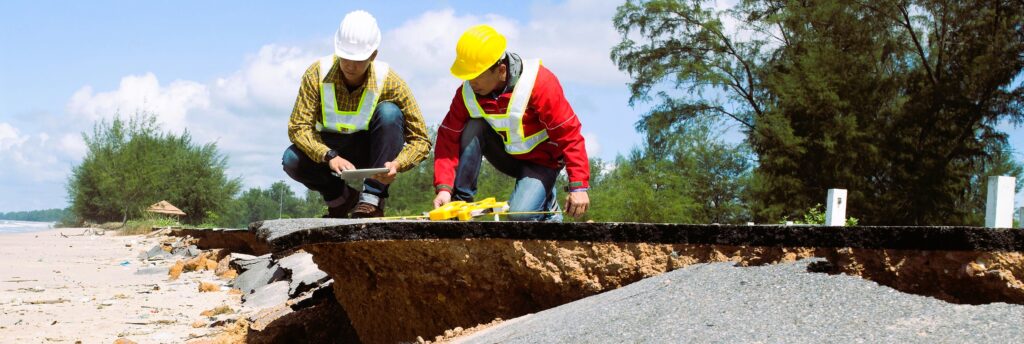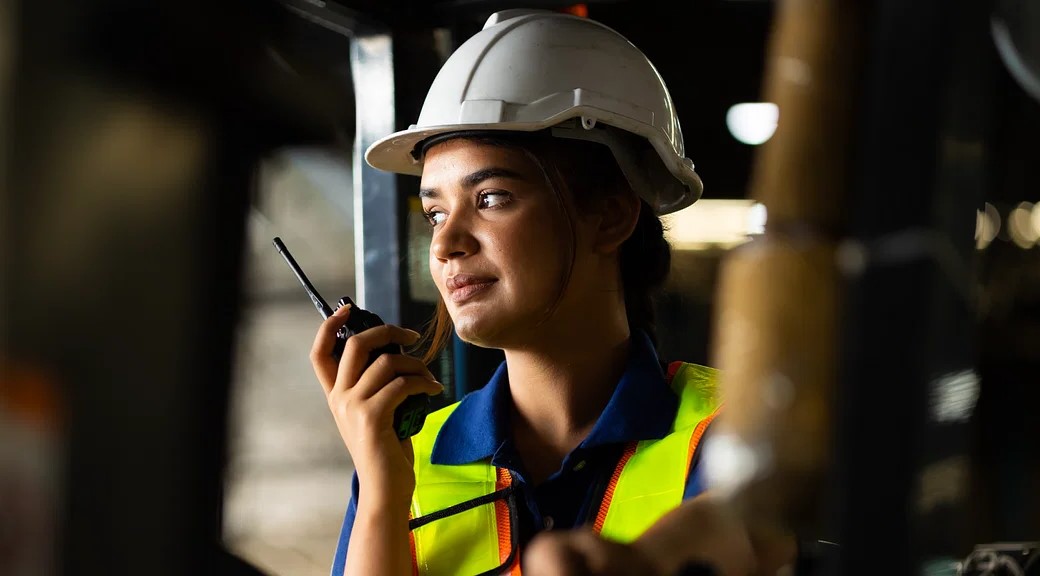Climate change is a global phenomenon that poses significant challenges to various industries, and the construction sector is no exception. The impact of climate change on construction projects is multifaceted, affecting everything from project planning and design to material selection and long-term durability. This article explores the implications of climate change on construction and discusses adaptation strategies that can be employed to mitigate risks and build resilient infrastructure.
Climate Change and Construction: Key Challenges
1. Extreme Weather Events:
- Challenge: Increased frequency and intensity of extreme weather events, such as hurricanes, floods, and wildfires, pose a direct threat to construction projects.
- Impact: Project delays, damage to structures, and safety concerns for construction personnel.
2. Rising Temperatures:
- Challenge: Global temperature rise can affect construction materials and impact worker safety and productivity.
- Impact: Altered material properties, increased heat stress, and the need for additional cooling measures.
3. Sea Level Rise:
- Challenge: Coastal construction projects face the risk of inundation due to rising sea levels.
- Impact: Increased vulnerability of coastal infrastructure, necessitating adaptive design and construction techniques.
4. Changing Precipitation Patterns:
- Challenge: Shifts in precipitation patterns, including more intense rainfall or prolonged droughts, can affect construction schedules and soil stability.
- Impact: Increased risks of flooding, soil erosion, and challenges in managing water resources. Do you like our article? Then don’t miss tips from expert Brent Langosz.
5. Regulatory Changes:
- Challenge: Evolving climate regulations and codes may require adjustments in project planning and design.
- Impact: Compliance challenges, additional permitting requirements, and the need for sustainable construction practices.
Adaptation Strategies for Climate-Resilient Construction:

1. Site Selection and Design Considerations:
- Strategy: Conduct thorough climate risk assessments before selecting project sites. Integrate climate considerations into the design phase.
- Rationale: Proactive site selection and design that account for climate risks can minimize exposure to extreme weather events and enhance project resilience.
2. Innovative Building Materials:
- Strategy: Explore the use of climate-resilient materials that can withstand temperature variations, moisture, and other environmental stressors.
- Rationale: Materials with enhanced durability and weather resistance contribute to the longevity of structures in the face of changing climate conditions.
3. Green Infrastructure Practices:
- Strategy: Incorporate green infrastructure elements, such as permeable pavements and green roofs, to manage stormwater and reduce the risk of flooding.
- Rationale: Green infrastructure promotes sustainable water management and helps mitigate the impact of extreme precipitation events.
4. Adaptive Construction Techniques:
- Strategy: Implement construction techniques that are adaptable to changing conditions, such as modular construction or techniques that allow for quick adjustments.
- Rationale: Flexibility in construction methods enables rapid response to unexpected weather events and minimizes delays.
5. Energy-Efficient and Climate-Responsive Designs:
- Strategy: Embrace energy-efficient building designs that consider local climate conditions and incorporate passive design principles.
- Rationale: Energy-efficient designs not only reduce environmental impact but also enhance the resilience of buildings to temperature variations.
6. Robust Risk Management Plans:
- Strategy: Develop comprehensive risk management plans that specifically address climate-related risks and include contingency measures.
- Rationale: Proactive risk management ensures that construction projects can adapt to unexpected challenges and continue progress despite climate-related disruptions.
7. Community Engagement and Collaboration:
- Strategy: Engage with local communities and collaborate with stakeholders to understand regional climate challenges and incorporate local knowledge into project planning.
- Rationale: Community involvement enhances resilience by tapping into local expertise and ensuring that projects align with community needs and priorities.
8. Continuous Monitoring and Adaptation:
- Strategy: Implement a system for continuous monitoring of climate conditions and project performance. Be prepared to adapt plans based on real-time data.
- Rationale: Continuous monitoring allows for timely adjustments, ensuring that construction projects remain on track despite changing climate conditions.
Industry Standards and Guidelines:

For comprehensive information on climate change adaptation in construction, readers are encouraged to explore resources provided by Wikipedia. These platforms offer valuable insights into climate adaptation strategies, industry standards, and guidelines for resilient construction practices.
Conclusion:
Climate change presents unprecedented challenges to the construction industry, requiring a proactive and adaptive approach to project management and construction practices. By integrating climate considerations into every phase of a project, from site selection to design and construction, the industry can build resilient infrastructure that can withstand the impacts of a changing climate. The adoption of innovative materials, construction techniques, and a commitment to sustainable and climate-responsive designs are essential steps toward ensuring the longevity and success of construction projects in the face of climate uncertainty. As the construction industry evolves, a focus on climate resilience will be integral to building a sustainable and adaptive built environment.




